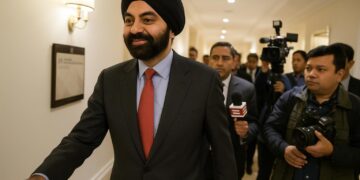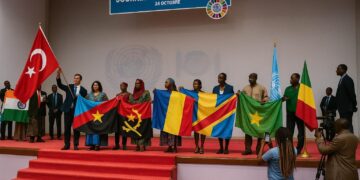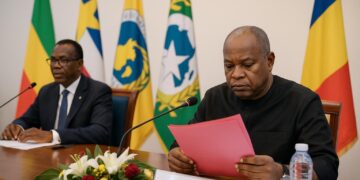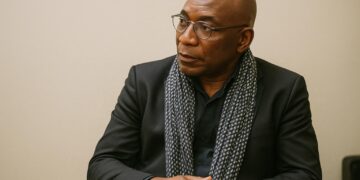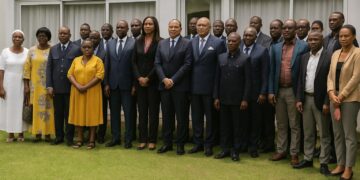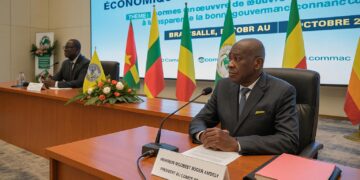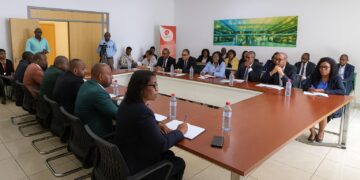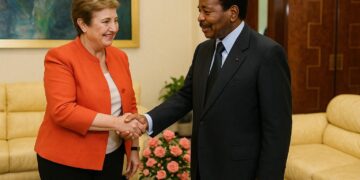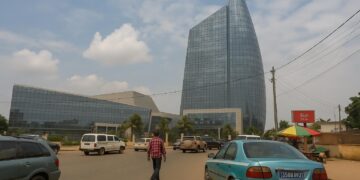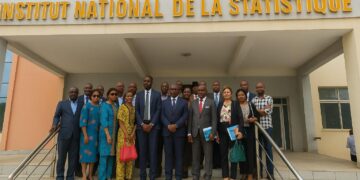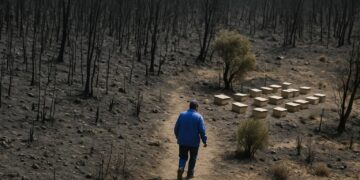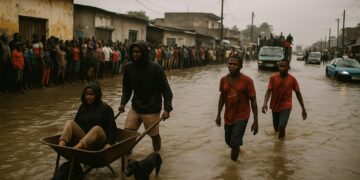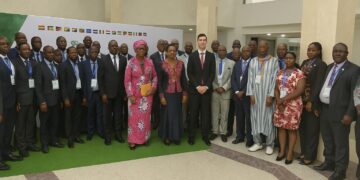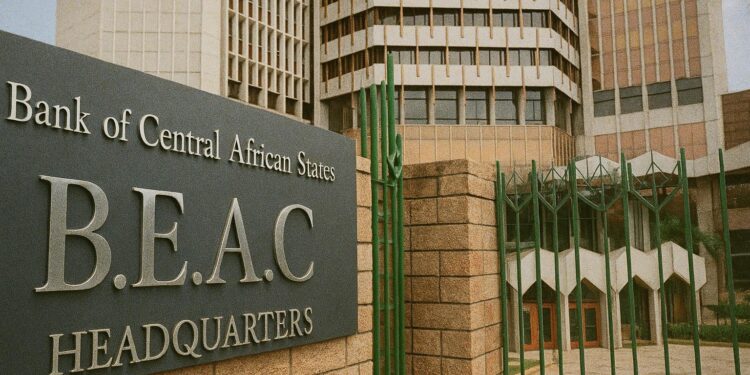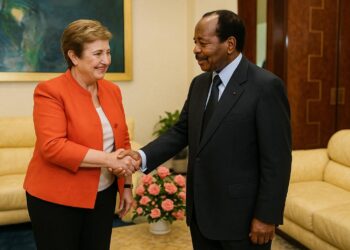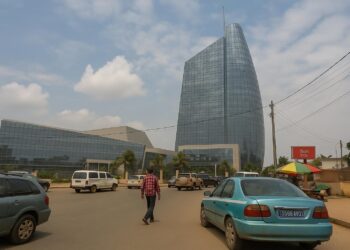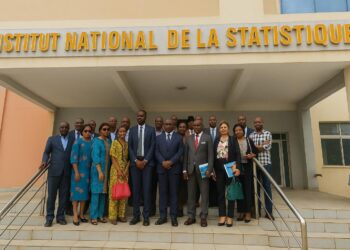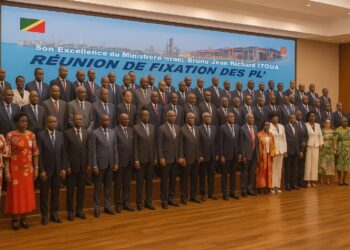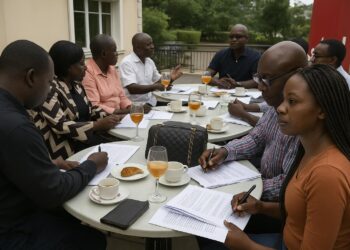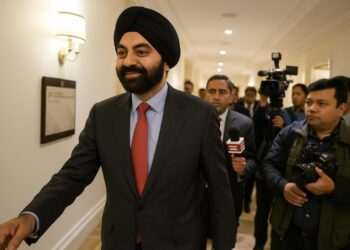Macroeconomic Momentum in Brazzaville
For the second consecutive year the Congolese macro-indicator panel tilts toward green. The Ministry of Finance, echoing provisional estimates from the Bank of Central African States, foresees real GDP advancing by 1.8 % in 2025, up from 1.5 % in 2024. In absolute terms the acceleration is modest, yet against the backdrop of subdued regional demand and lingering post-pandemic scarring it carries symbolic weight. Diplomats in Brazzaville note that the figure is broadly consistent with the International Monetary Fund’s most recent Article IV consultation, which envisaged a gradual return to positive per-capita growth after 2024 (IMF Article IV, 2024).
Hydrocarbon Investment Steadies the Helm
The principal driver remains hydrocarbons. Upstream operators, emboldened by a more predictable fiscal regime and firm Brent prices, have maintained a pipeline of infill drilling on the Moho Nord and Nene Marine fields. According to the African Energy Chamber’s quarterly brief, capital expenditure in Congolese offshore blocks expanded by roughly 6 % year-on-year in the first quarter of 2025, cushioning legacy production decline. Minister Christian Yoka argues that this ‘measured surge’ anchors foreign-exchange receipts and provides fiscal space for social spending, a reading largely endorsed by CEMAC peers who see Brazzaville as a stabilising petrodollar supplier (CEMAC Secretariat, 2025).
Non-Oil Resilience and the Quiet Diversifiers
Away from the rigs, a quieter story unfolds in agribusiness, telecommunications and urban services. Mobile-money penetration rose above 45 % of adults in February, energising retail trade. Meanwhile, public-private partnerships in cassava processing, backed by the African Development Bank’s ‘Feed Africa’ envelope, nudged agricultural value added into positive territory for the first time since 2021 (AfDB Brief, 2025). Such heterogeneous gains remain statistically thin but symbolically important: they suggest that President Denis Sassou Nguesso’s call for ‘soft diversification’ is translating into micro-level investment decisions without triggering macro-volatility.
Inflationary Undercurrents Require Vigilance
The inflation horizon, however, is less benign. Headline consumer prices are expected to average 3.5 % in 2025, moving above the CEMAC convergence ceiling of 3 %. Analysts attribute the drift to imported food inflation and episodic electricity outages that raise distribution costs. The Finance Ministry describes the uptick as ‘manageable and largely transitory’, yet the Monetary Policy Committee in Yaoundé has already signalled that a 25-basis-point policy rate increase remains on the table should second-round effects emerge. For now, the combination of a strengthening CFA franc peg and targeted fuel-price smoothing has kept expectations anchored.
Credit Expansion and Treasury Dynamics
Credit to the private sector expanded by 3.3 % year-on-year to reach 1 647 billion FCFA at end-March, while non-performing loans edged down to 274 billion FCFA—an improvement welcomed by commercial bankers who had feared a harsher post-COVID write-off cycle. On the sovereign side, Treasury bill issuance needs receded by 22 % over the same period, yet outstanding paper still climbed to 2 528 billion FCFA due to longer-tenor bond issuance. Market participants praise the newly institutionalised dialogue with Primary Dealers, arguing that predictable calendars have narrowed bid-ask spreads and fostered domestic savings mobilisation.
Toward Strategic Import Substitution
In parallel, the government is intensifying scrutiny of textile, cement and pharmaceutical imports as part of a broader import-substitution strategy endorsed in the 2023 National Development Plan. An inter-ministerial committee is finalising a graded tariff and compliance scheme intended to encourage on-shore assembly while respecting CEMAC trade protocols. Senior officials emphasise that the policy is not protectionist but ‘calibrated to reinforce external stability’—a position that aligns with IMF advice to prioritise revenue mobilisation over ad-hoc exemptions.
Navigating Regional and Global Headwinds
Risks linger. A sharper-than-expected global slowdown could weigh on crude prices, compressing fiscal buffers. Domestic energy distribution glitches, if left unresolved, might entrench cost-push inflation. Yet foreign observers highlight Congo’s renewed engagement with multilaterals, including a forthcoming World Bank Development Policy Operation focusing on governance, as evidence of institutional maturing (World Bank Pipeline, 2025). In the words of an EU diplomat stationed on the Boulevard Denis Sassou Nguesso, ‘Brazzaville is choosing steady stewardship over grand gestures—a virtue in today’s fractious macro environment.’
Whether the 1.8 % growth figure ultimately proves a mirage or a springboard will depend on the state’s capacity to consolidate gains in non-oil sectors while preserving hard-won fiscal credibility. For the moment, the indicators suggest cautious optimism, a sentiment the diplomatic community is inclined to share.

